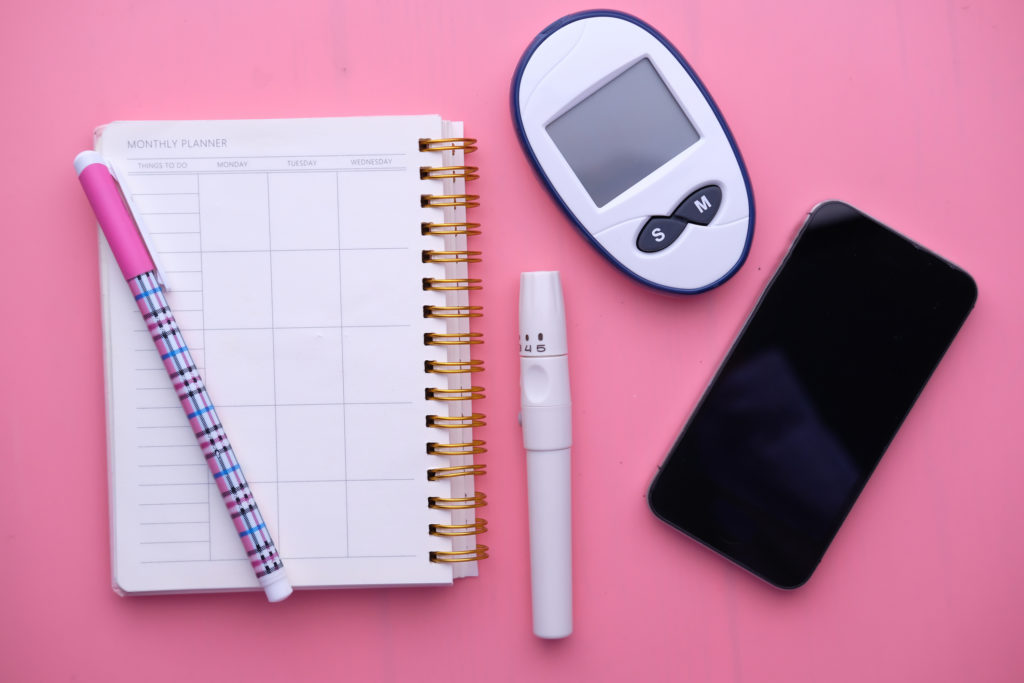It’s National Diabetes Week this week. The annual event is running from July 11 through to July 17 and aims to focus its attention on diabetes stigma and the mental health of those living with the condition.
Though many of us know of diabetes, it’s perhaps less common for folks to have a clear understanding of the chronic condition and how it impacts people. So, for that reason, we’ve chatted with Dr Joseph Santos – a registered GP and medical director at Rosemary Health – over email to learn a little more.
Here are five facts about diabetes that may surprise you.
1. There are three types of diabetes
Most discussions around diabetes deal with types one and two. So, let’s begin there.
Dr Santos explained that type 1 diabetes “is an autoimmune condition that occurs when the pancreas does not produce insulin. It’s a hereditary condition that is typically diagnosed during childhood and requires insulin injections to manage”.
Of the some 1.2 million Aussies who live with diabetes (according to data from 2018), about 10 per cent is type 1, Dr Santos shared.
“Type 2 diabetes, also known as lifestyle diabetes, usually develops in middle-aged adults due to obesity. However, if you have a family history of type 2 diabetes, you are at increased risk,” he continued. This is the most prevalent type of diabetes in Australia, making up 85 – 90 per cent of conditions, he said.
The third type is gestational diabetes; a form of diabetes that is pregnancy-induced. Dr Santos explained that while there are certain factors that make some more likely to develop gestational diabetes (like age and being overweight), it can impact any pregnant person.
“The good news is that as long as it’s looked after during pregnancy, you can deliver the baby and the gestational diabetes will settle down after giving birth. However, women who have had gestational diabetes will be at increased risk of getting type 2 diabetes later on in life than women who did not have gestational diabetes when pregnant,” he continued.

2. You can be diagnosed with diabetes at any age
As we touched on above, the different kinds of diabetes mean that it’s possible to be diagnosed with diabetes at a number of different stages in your life.
Type 1 is more commonly diagnosed during childhood; gestational diabetes is diagnosed during the pregnancy experience so mostly in adult women, and type 2 diabetes is usually found in middle-aged adults. These generalisations are not absolute, however.
In terms of risk, we covered some of the more prevalent examples above, like family history and obesity, but there are other factors that appear to play a part, too.
Dr Santos shared that heritage can be a factor in whether or not you’re “more predisposed to type 2 diabetes”, and when it comes to gestational diabetes specifically, polycystic ovary syndrome (PCOS) may also influence risk.
3. Symptoms are similar across all three variations
If you’ve ever wondered what the symptoms of the different kinds of diabetes are, it’s worth noting there are a few key ones to consider.
Dr Santos shared that in cases of children with diabetes, you’ll often find symptoms include “feeling tired, losing weight quickly and being prone to infections”. Other common examples would be constantly feeling thirsty and having to urinate often.
“This is because when you have type 1 diabetes and eat foods with carbs or sugar in them, your stomach digests it but your body doesn’t produce enough insulin (or any at all) in order to move the glucose into cells to be used as energy. Instead, the glucose stays in your bloodstream, causing high levels of blood sugar that lead to frequent urination and constantly feeling thirsty,” Dr Santos said.
The symptoms of type 2 diabetes are the same as type 1 “however, instead of unexpected weight loss, there is gradual weight gain”.
Serious health complications can arise from diabetes, ranging from blindness to heart problems, so it’s imperative you work closely with your doctor on management.
4. Lifestyle changes make a huge difference
Dr Santos explained that although there is no cure for diabetes, the condition “can be well-managed with lifestyle management and medications if needed”.
Adopting habits like following a healthy diet, exercising regularly, reducing your alcohol intake and quitting smoking are all positive steps to take.
According to Diabetes Australia, following a specific diet can really help manage diabetes. The website states regular meals spread evenly are best, along with a diet that is lower in fat.
However, this will be different for everyone and Diabetes Australia’s website recommends each individual gets a personalised assessment from an Accredited Practising Dietician while working with their doctor.
5. There are online services that can help
If you’re ever concerned about your health, it’s always worthwhile speaking with your doctor directly. And if you live with diabetes, your doctor is going to be the best port of call when it comes to management advice and medication.
There are, however, tools you can refer to online that may also be of use to you. As a start, Diabetes WA has a Risk Assessment Tool on its website, it also offers free access to digital prevention programs online for those hoping to learn more. Diabetes Australia has a risk calculator available, too.
Lastly, there are also digital health platforms available, like Rosemary Health, that can help with accessing treatment. Though, it’s always a good idea to chat with your doctor before committing to a new health plan.
If you’d like to read more on National Diabetes Week you can check out the website here.

Leave a Reply
You must be logged in to post a comment.